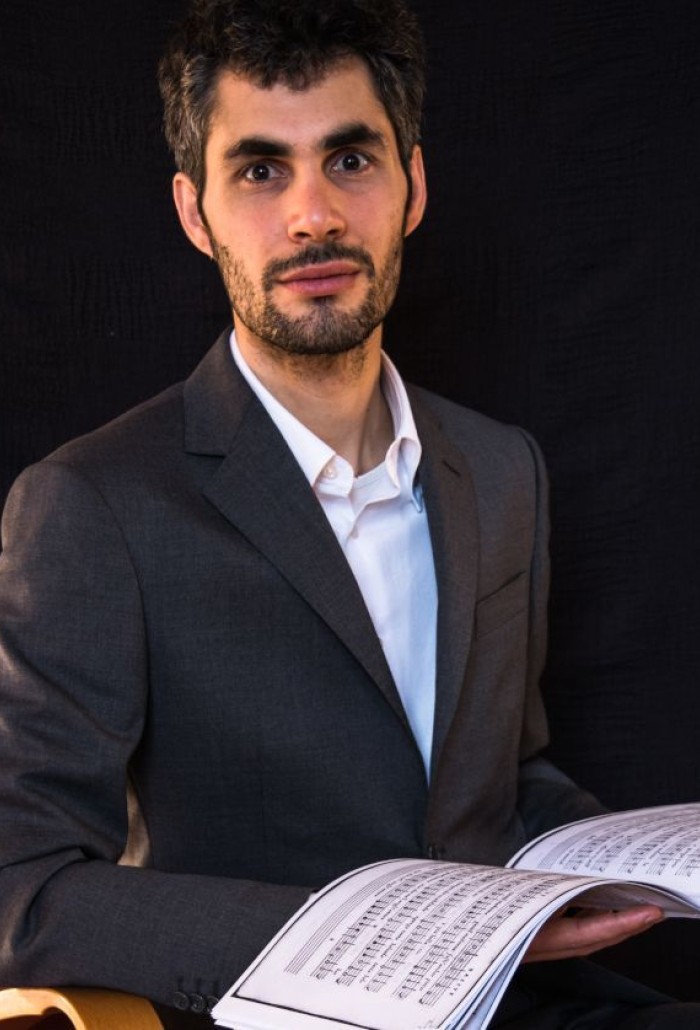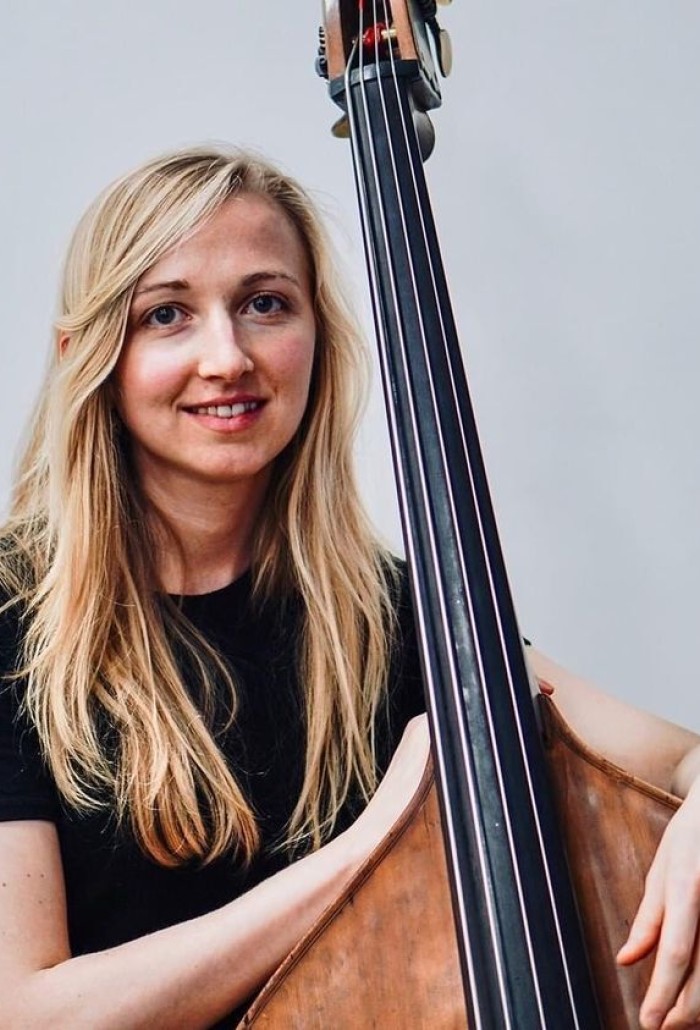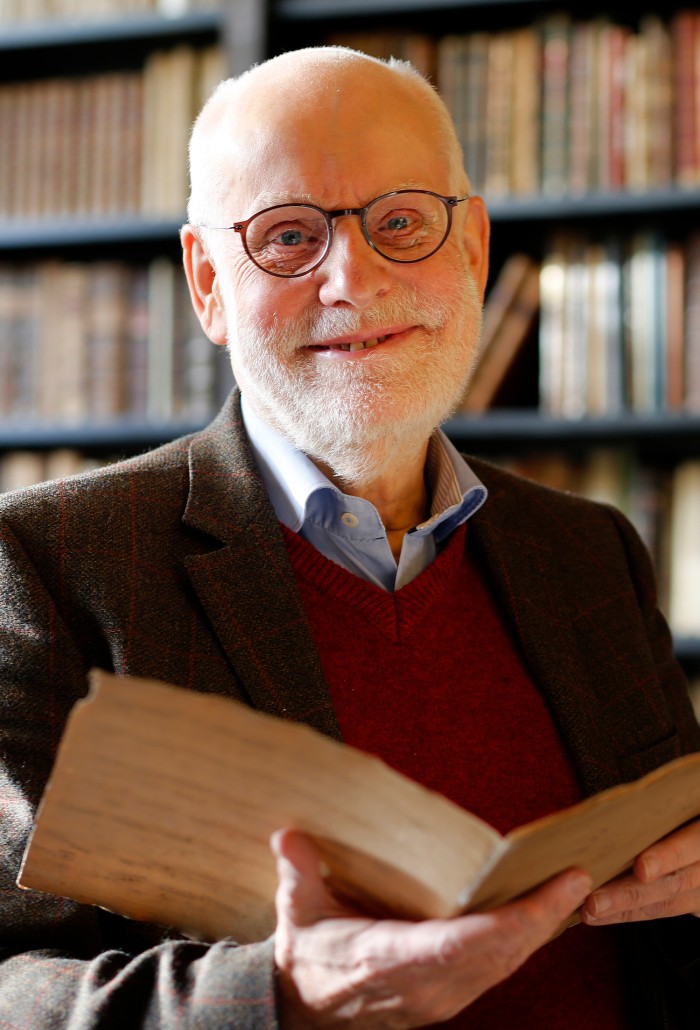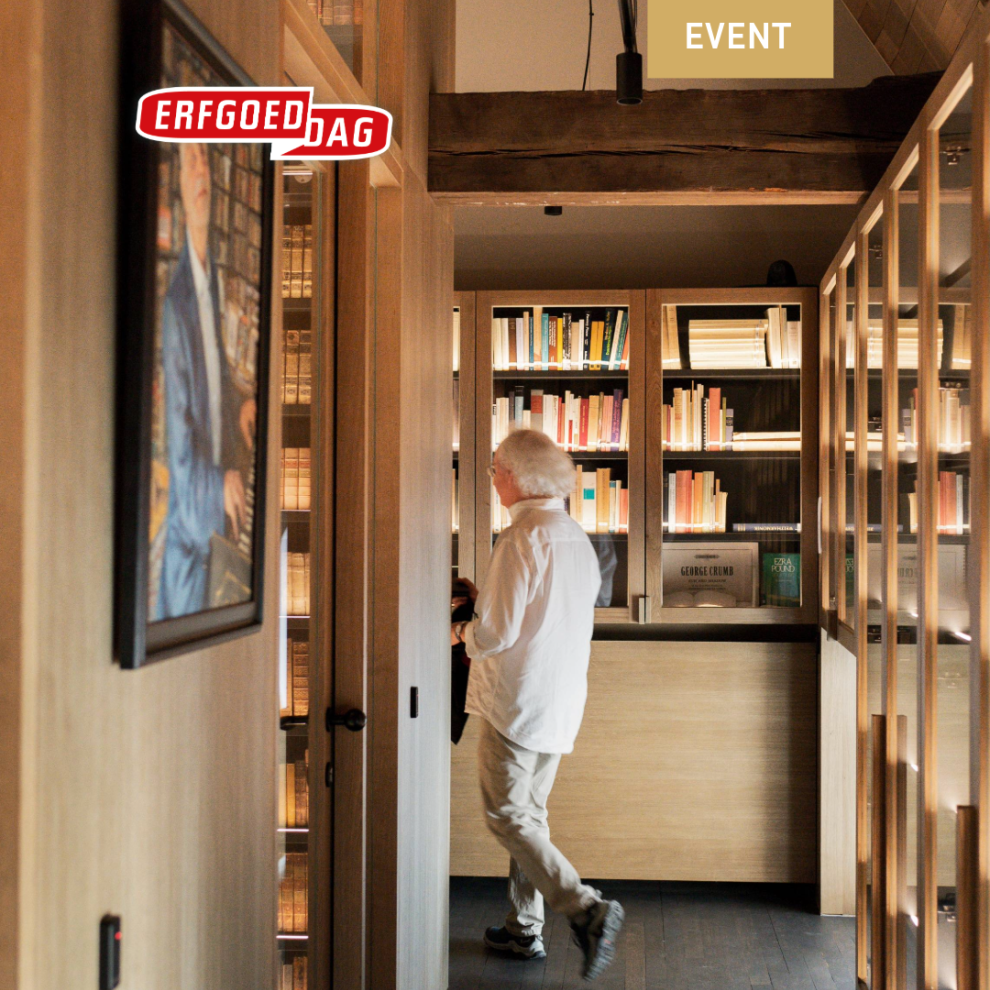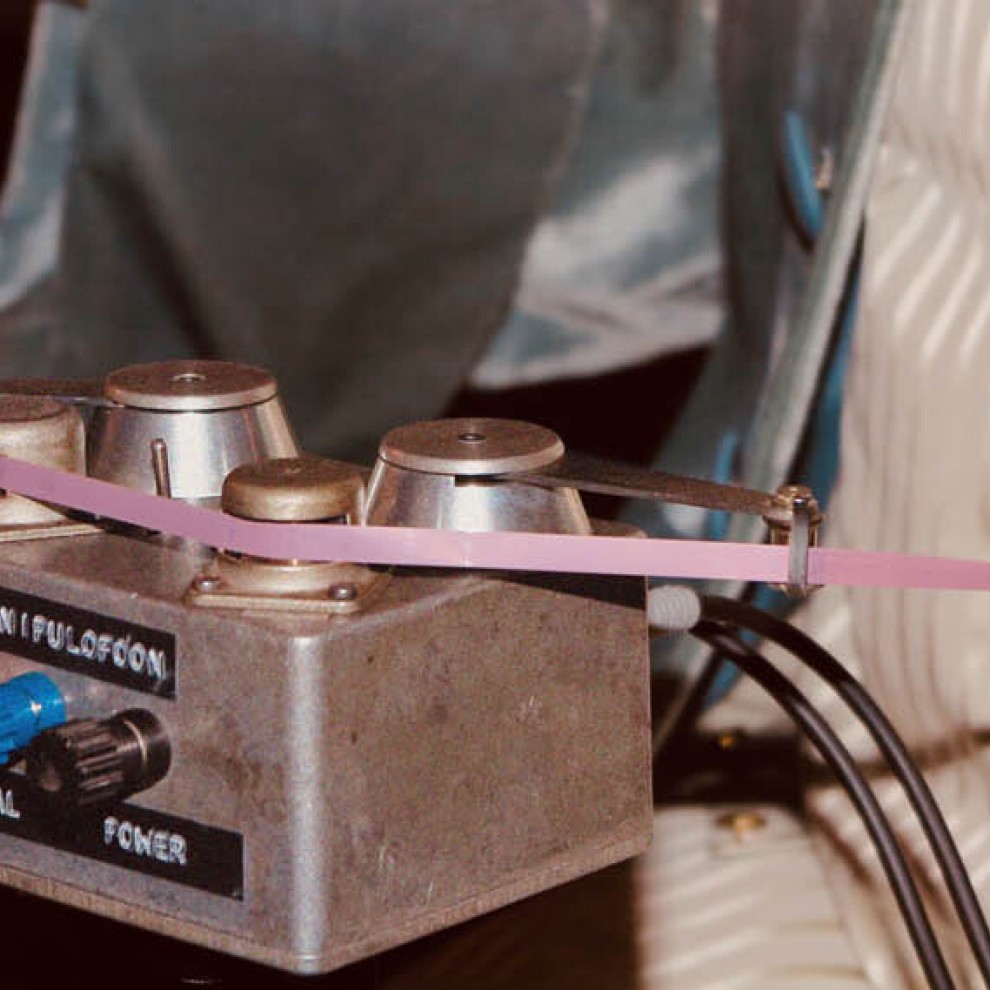Resounding Libraries
Unfolding Archived Knowledge Through Artistic Research
Nicholas Cornia, Liesa Deville, Bruno Forment, Eline Holl, Ivana Jelača, Ton Koopman, Sigrid T'Hooft
Clusterproject
2020 - heden
Principal Investigator: Bruno Forment
Bibliotheken worden in artistiek onderzoek onterecht beschouwd als het sediment van eerder werk. Bibliotheken, zo wordt aangenomen, vormen zich pas nadat een creatieve handeling is verricht: van zodra een compositie is gemaakt, een voorstelling egeven, een artikel gepubliceerd. De dagelijkse praktijk laat echter zien dat bibliothekeneen complexe relatie aangaan met de erschillende processen inherent aan muzikale creatie en receptie. Bibliotheken nodigen proactief uit tot artistiek- etenschappelijke handelingen, die zij bijsturen: het interpreteren van een partituur, het hanteren van een instrument, het electeren van geluiden, het samenstellen van concertprogramma’s, enz. Hun ‘kenniskaart’ stuurt gebruikers bovendien in pecifieke richtingen: de manier waarop een bibliotheek is samengesteld, geordend en onderling verbonden, maakt bepaalde euzes ‘intuïtiever’ dan andere. Het gebruik van een bibliotheek is dus nooit vrijblijvend; het raakt aan de fundamenten van artistieke productie.

Met Ton Koopmans rijk geannoteerde collectie barokboeken en -partituren als centrale case- study, wil Resounding Libraries grotere vragen aansnijden over de onlosmakelijke relatie tussen musiceren en bibliotheken, en vice versa. Historische documenten en artefacten worden gecombineerd met de nieuwste tools in de digital humanities om, ten eerste, creatieve tools te ontwikkelen voor bibliotheekgebruik in artistiek onderzoek, variërend van een innovatieve Semantisch Web applicatie tot born-digital muziek composities en experimentele uitvoeringen. Ten tweede zet de cluster podiumexperimenten op met minder bekende spatio- temporal formats van zeventiende- en achttiende-eeuws muziektheater om de kenniskaarten van de barok te onderzoeken en te incorporeren. Via het nastreven van deze twee doelstellingen hoopt Resounding Libraries innovatieve bijdragen te leveren aan het gebied van historisch geïnformeerde uitvoeringspraktijk en de (digitale) geesteswetenschappen.



